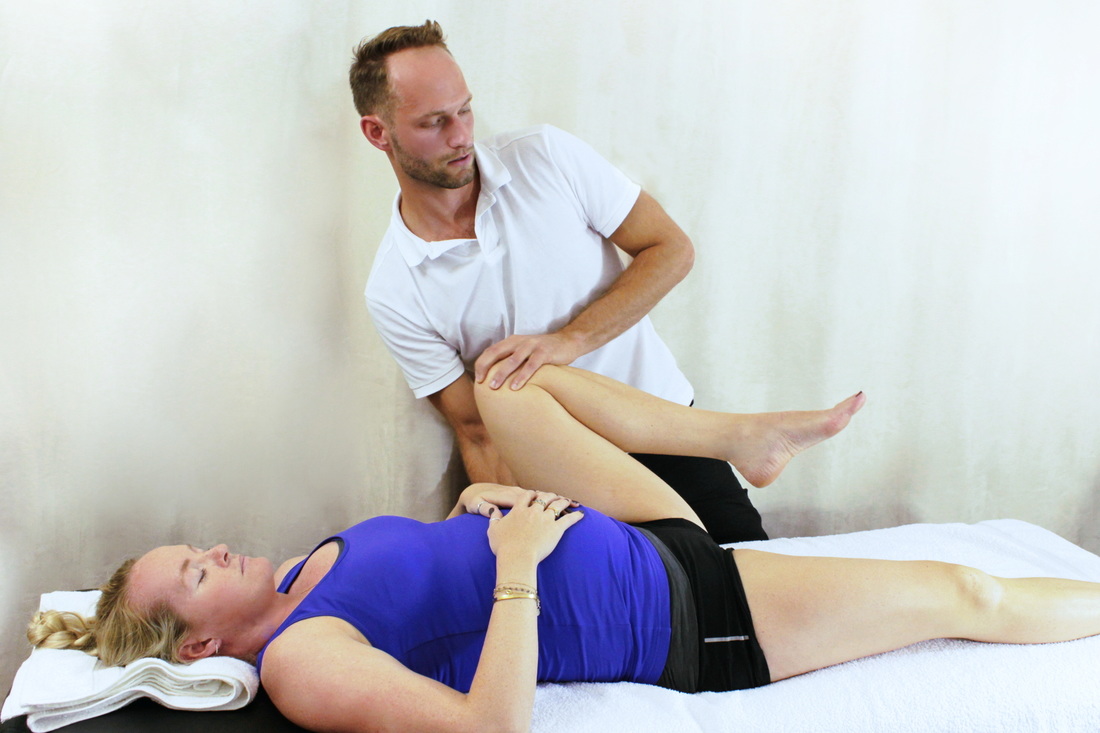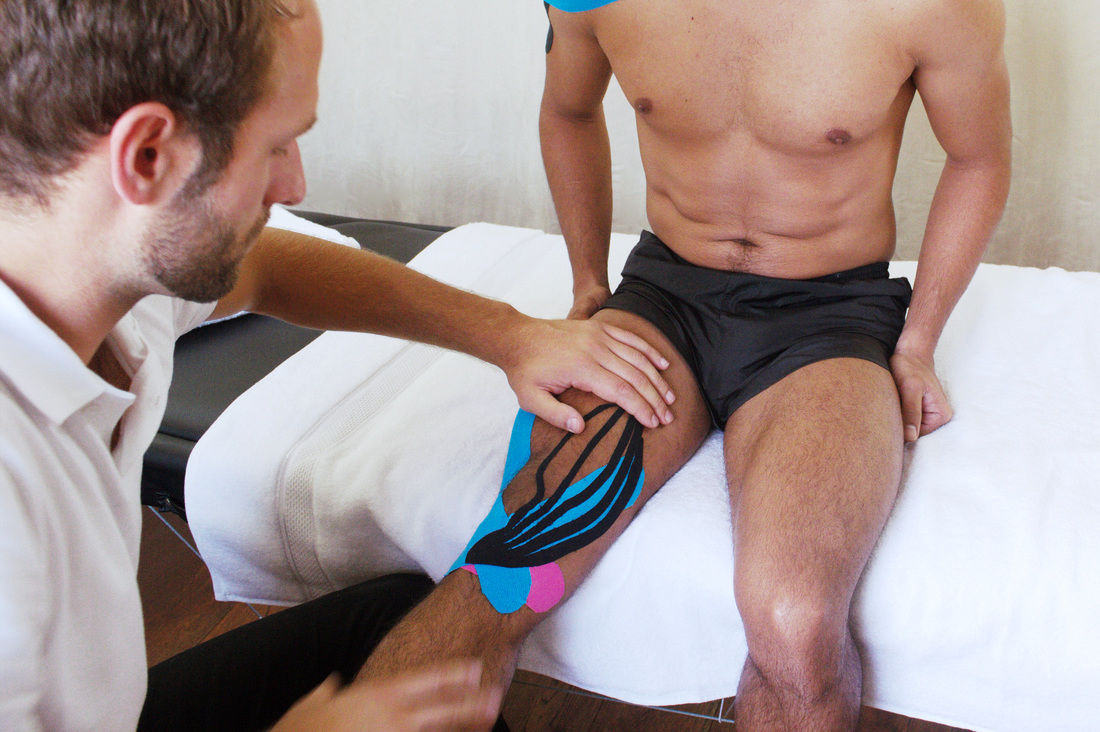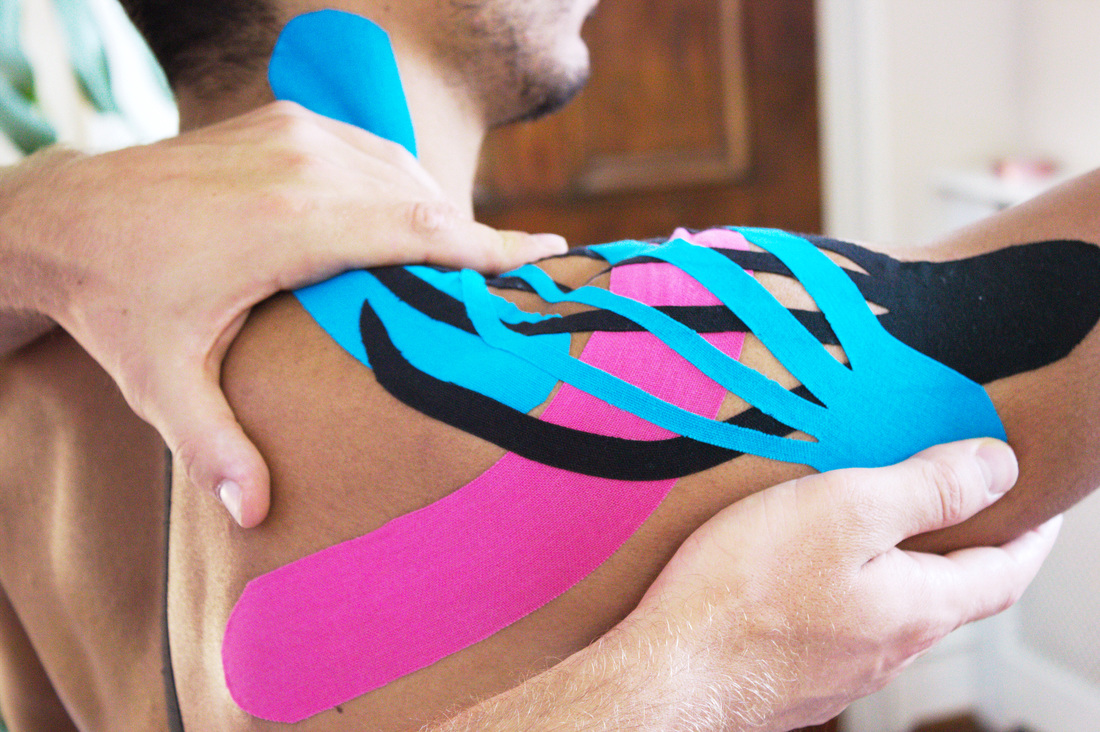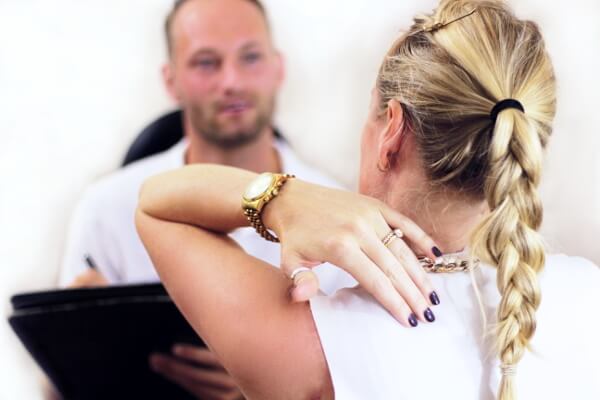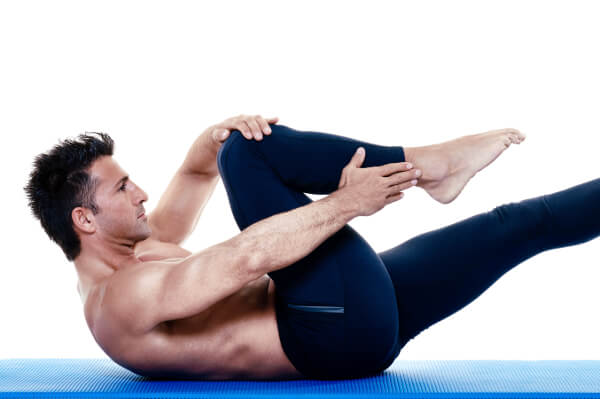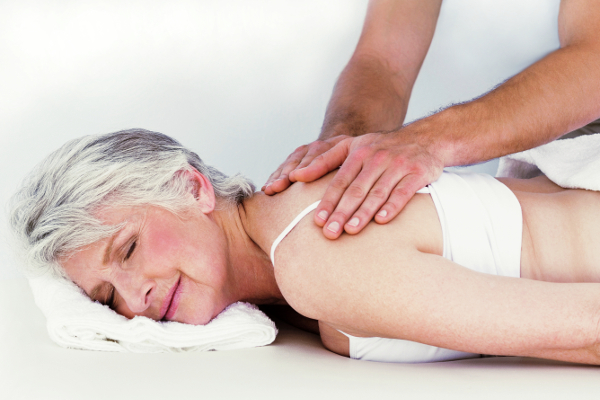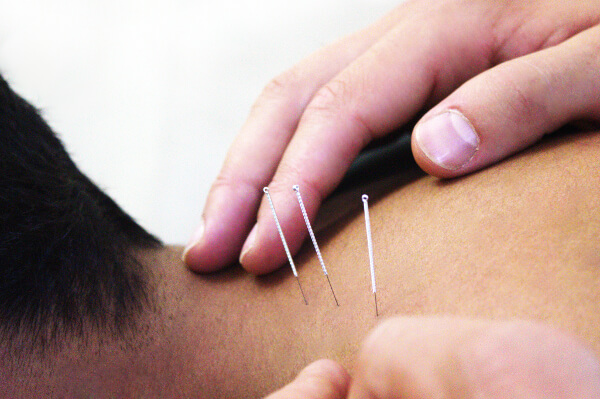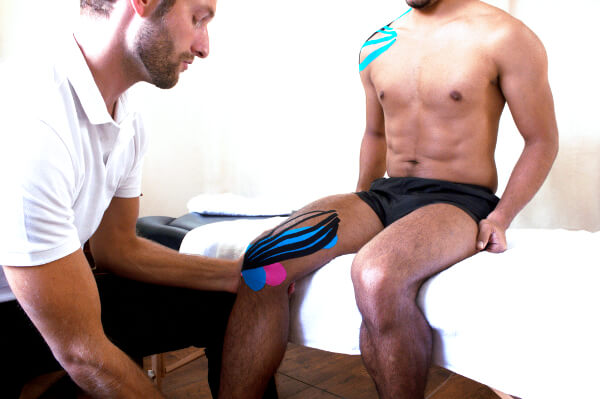Sports Injury Assessment
|
Whether you are an ambitious athlete, getting ready for your first marathon, preparing for your next game, or just trying to get through the day somehow, nothing can be more frustrating than pain and injury. Sports Injuries do happen to amateur sports enthusiasts as well as to professional athletes. It is of utmost importance that these are assessed by a qualified practitioner in a timely manner in order to aim for a speedy and full recovery - this involves the right diagnosis of an acute injury, appropriate treatment, and advice on the required period of limited activity or exercise modification followed by a thoroughly designed rehabilitation programme. This will not only get you back to what you enjoy doing, but also prevent repeated injury of your vulnerable body area.
|
|
Accurate and Speedy Diagnosis for the Best Outcome
|
Our sports osteopaths are the first line of help and advice should you be affected by an acute injury or struggling to recover from a chronic problem. They do know first hand what it means to compete in sports at the national level and how essential an accurate diagnosis and efficient treatment plan is for recovery. Rest assured, our practitioners are trained in the specific orthopaedic assessment of any joint complaint through special tests - this includes stability test of ligaments, tendon load tests, passive joint assessments, active resisted muscle testing and many more. Furthermore, we are passionate about the overall functional assessment of movement patterns and compensations running through your body, which place excess forces on the injured area or caused the overload and injury of that specific area in the first place.
Should further investigations, such as X-rays or MRIs be necessary, we can also refer you to private medical imaging centres or write to your treating GP to request further medical imaging. The in depth injury assessment enables an accurate working diagnosis, which will be use to devise an efficient treatment and rehabilitation plan. This is crucial for a full recovery, long-term injury prevention and peak performance. |
Taping for Sports Injuries
|
Taping is the process of applying rigid or flexible tape directly to the skin in order to support the underlying joint, ligament, tendon insertion or muscles. It is used as an adjunct treatment for injury prevention, injury treatment/recovery and pain relief while allowing an active lifestyle.
Broadly there are two types of taping, namely rigid sports taping and flexible elastic kinesiology taping. There are very distinct therapeutic benefits between kinesiology and rigid tape and their use depends on what is to be achieved. Our expert therapists will design your optimal taping to best meet your needs. Taping Techniques can provide rigid stabilisation or dynamic support of the irritated, injured or vulnerable area and provide pain relief via unloading of painful or injured structures. The therapeutic application of taping relies on the detailed understanding of your biomechanics and anatomy, which will be assessed comprehensively by our practitioners. We only use the highest quality of pre-tape spray as well as sports and kinesiotape. This guarantees strong adhesion and minimal skin irritation, so one application can last over a few days. |
Therapeutic Effect of Rigid Sports Tape
|
Rigid Sports Taping uses strong inflexible tape such as zinc oxide tape (usually white in colour). Straps of this rigid sports tape are applied along ligaments, tendons and muscles to provide external joint stability. This technique provides strong support for joints during high-stress activity by minimising excessive joint movement that can cause injury (e.g. . Sports Taping has been shown to reduce the occurrence of injuries, as well as the severity of injury in most sports. Examples are the taping of ankles (to prevent excessive ankle movement or following an ankle sprain), taping of knees to unload joint ligaments or taping of fingers for stability during ball sports. Rigid tape is used to prevent injury by restricting a joint from going into a range that could cause damage. Following a minor injury, e.g. a ligament sprain or muscle strain, the tape can be applied to take off and unload these structures by fixing a joint in a certain position, add compression and limit swelling. As soft tissue structures weaken or atrophy when offloaded, rigid taping is only used temporarily (during times of increased vulnerability or increased load or following injury - hours to days) and not for long periods of time (unless the injury is severe, in which case external stabilising braces or splints can be fixed in position with sports tape). Rigid tape can also assist in treating or managing chronic and overuse injuries.
|
|
Benefits of Flexible and Elastic Kinesio Tape
|
The other form of therapeutic taping involves less rigid, elastic kinesiology tape, which is stretchable up to 150% of its original size. Therefore flexible kinesiotaping offers functional support that allows almost full joint motion. Kinesiotape is applied along the soft tissues of your body (muscles, ligaments, fascia, tendons) to provide a lightweight, dynamic support that helps you remain active while recovering from pain or injuries. Our osteopaths will apply the tape tailored to your individual needs following the specific lines of force generated in your activity (kinetic chains) and taking into account the biomechanic setup of your body. In addition to the light physical support, Kinesiology taping creates neuromuscular feedback (called proprioception) - this means your neurological system is more aware of the position your taped joints or muscles are held in due to the achieved sensory nerve stimulation. This means that during movements, your muscles fire more accurately to hold your joints in good alignment and prevent uncontrolled movements that could damage the tissues stressed during this movement. Kinesiotaping creates support and improved stability without the bulk and restriction commonly associated with bracing and lets you continue activity and perform with confidence! The high quality tape we use lasts for up to 72hrs per application, even when put to the test with sweat, physical strain and humidity.
In our Sports Medicine Clinic we Often use Taping for:
|
|
